What to know about Buy Now Pay Later BNPL
Buy Now, Pay Later has seen sustained global growth, with adoption in the United States increasing dramatically in the previous two years. The program, which began in Australia and Europe, has only recently spread to the United States. Buy Now, Pay Later (BNPL) services have been used by 42 percent of Americans. To adhere to the “new digital normal,” consumers are changing their shopping habits. More people have accustomed to the digital payment option as the number of people shopping online has increased as a result of the epidemic.
With the growth of BNPL, now is the time to learn more about this service and what it has to offer. Merchants, customers, FinTech providers, and the general U.S. economy all benefit from BNPL services. A range of audiences are interested in learning about current BNPL offerings and future projections.
Buy Now, Pay Later financing defined
Buy Now, Pay Later has no official industry definition. However, a few essential definition elements are provided below to aid in understanding what this service comprises. BNPL is a point-of-sale loan, to begin with. Instead of paying for the complete purchase up front, consumers can buy an item online or in a store and spread the cost over a few weeks or months with regular instalment payments. For many people, especially over the holiday season, this is an excellent alternative financing choice.
It’s also known as an instalment and line of credit with different terms, such as APR, interest, minimum payments, payment frequency, and more. Many people can use this service provided they provide basic information such as their name, address, phone number, and birthday.
BNPL has numerous advantages and is a low-cost and straightforward financial alternative to payday loans. For many shoppers, this is an excellent option for both large and little purchases. FinTechs have intentionally placed themselves at the point where a consumer makes a purchase choice. On average, merchants who use BNPL see greater sales, higher conversion rates, and a higher average order value (AOV).
The BNPL users
In the United States, Buy Now, Pay Later (BNPL) adoption is still in its early stages, accounting for roughly 1.6 percent of eCommerce transactions ($18 billion) in 2020, but is expected to climb to 4.5 percent by 2024. Klarna was the first company to offer a Buy Now, Pay Later service. Since then, numerous additional BNPL and mobile payment providers have emerged, including Afterpay, Paypal, and Affirm. Paypal is currently the most widely used BNPL service in the United States. Electronics are the most popular buying category, followed by fashion. Because these types of transactions tend to be more expensive, many consumers may feel compelled to use BNPL payment alternatives for them. The majority of sectors, however, have adopted some kind of Buy Now, Pay Later.
For many merchants and suppliers, knowing who your target audience is for BNPL services is critical. Many young and tech-savvy consumers are currently using this payment service to avoid credit and interest, as well as to help them budget. Others may have a shaky credit history or no credit at all. These aren’t the only people who utilize BNPL, though. Even after the pandemic is finished, BNPL funding schemes will continue to expand.


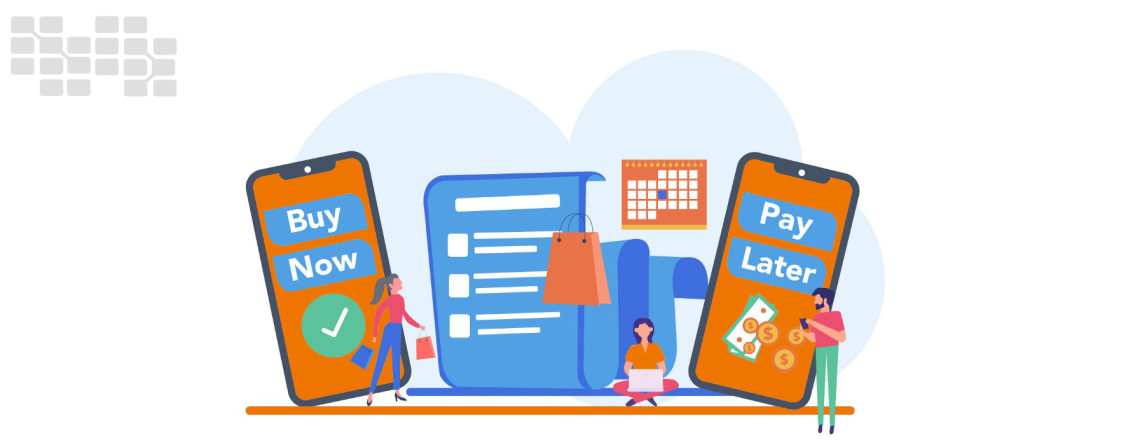

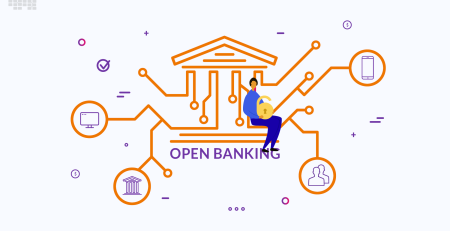
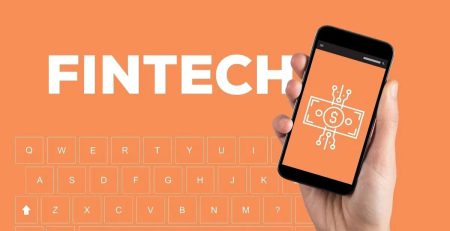
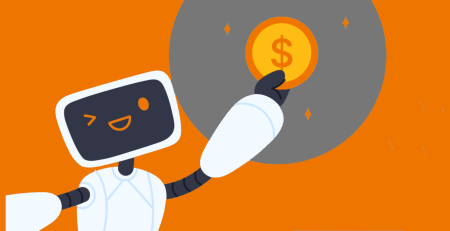
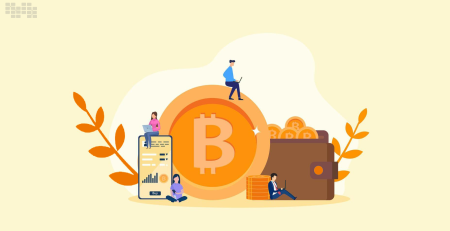
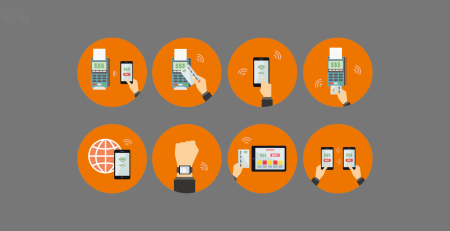
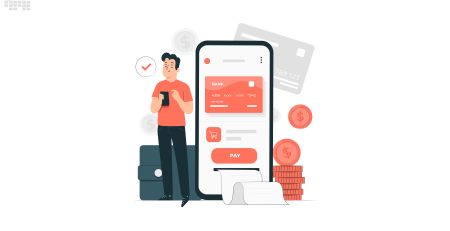
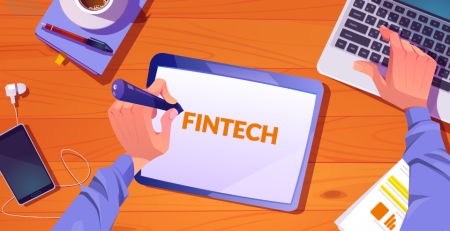
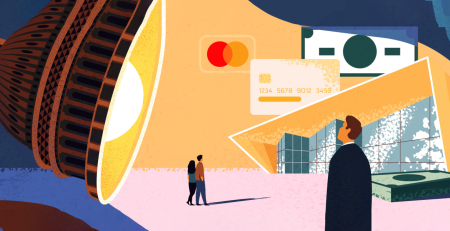
Leave a Reply